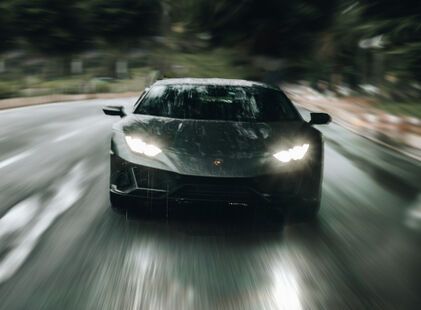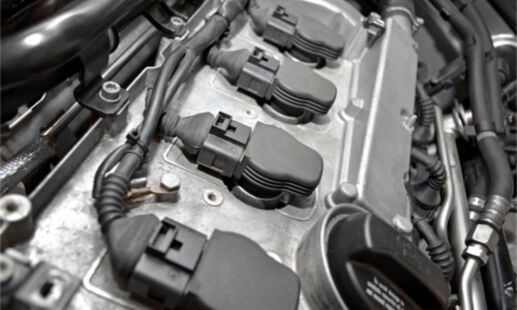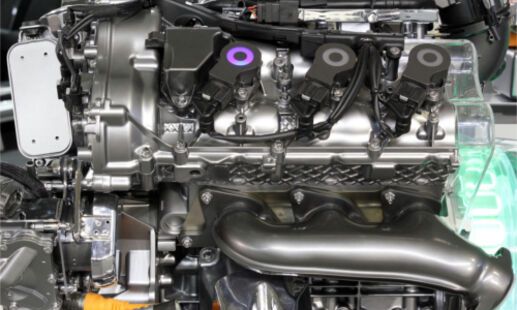Modern petrol engines with turbocharging
- Sensors of a modern gasoline engine (UniTrain)
- Sensors (e.g. boost pressure, air quality) and actuators (e.g. e-gas throttle, tumble valves) of a modern gasoline engine (CarTrain)
- Ignition system in the petrol engine / spark ignition (UniTrain)
- Engine management of petrol engines
- Gasoline direct injection with turbocharger (demonstration model in exploded view)
Modern petrol engines with turbocharging
The success of the internal combustion engine dates from 1876, when Nikolaus August Otto was looking for a powerful engine which had potential for further development. The engine he devised was to become the basis for a whole raft of developments continuing until the present day. Thanks to its tremendous potential, the four-stroke engine mobilised industry as a whole, leading to huge amounts of competition, which the development of the internal combustion engine continues to drive till this day. The result was the most powerful types of engine in existence. Much time has been invested, particularly with regards to air-fuel mix and ignition. The early mechanical systems developments have now led to the directly injected high-performance engines of today with their electronic ignition and electronic control of fuel mix.


